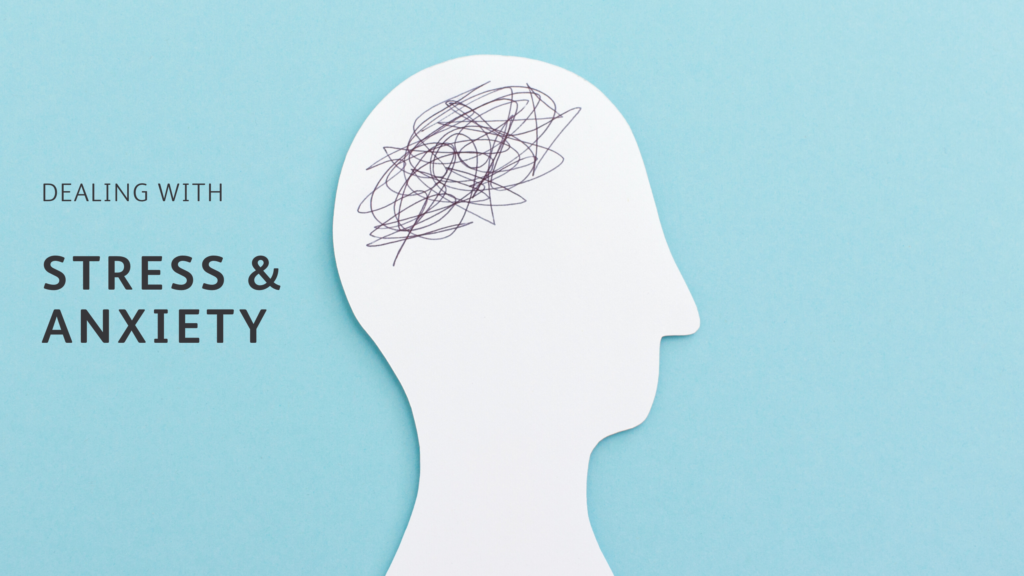
Sophie Pacek
Exercise Physiologist, Healthy Connections
Hello everyone and welcome to the Healthy Connections Community Blog! Although our clinic is closed during this time, we want to stay connected with you and provide you with some tips and food for thought on how to maintain your exercise routine, try new modes of physical activity and keep healthy.
Please use this community to keep connected with your fellow exercise peers and ask any questions to us in the comments section of each post. We will also provide you with some workout plans which you can access via our Facebook account and our website, so please regularly check these sites.
Without further ado, let’s get on with the blog!
Move for your mental wellbeing
We can all agree that the current global situation is impacting everyone’s lives in some way. The uncertainty of the situation may lead to feelings of stress, uneasiness or even confusion on what to do. If you are feeling this way, that’s okay – head to our previous post on how to deal with stress and anxiety for some assistance.
In this post, I’d like to talk specifically about how exercise and movement can help us deal with these challenging times.
How can exercise reduce stress?
Whenever I feel stressed, I often look to exercise as my reliever. It makes me feel good, clears my mind, and I feel happier afterwards. This is not an uncommon occurrence – in fact, there is abundant evidence to suggest many people experience similar feelings. There are numerous physiological processes to explain this – below are the main two.
Exercise releases endorphins
Endorphins are our natural pain relievers or ‘happy pills’ (fun fact: morphine and other painkiller medications are artificial versions of endorphins). They are naturally produced in our brain and are released as a response to physical or emotional stress. In other words, doing something strenuous (like exercise) places a certain demand on our bodies, and our brain reacts to this stress by releasing endorphins. We feel this as a ‘high’ or a feeling of euphoria, because the endorphins bind to sensory receptors and block the feelings of pain and stress (Mikkelsen et al., 2017). For a summary about endorphins, check out the first minute of this video.
Exercise can increase mitochondrial density in muscles and the brain
Mitochondria are regions in each cell of our body that are responsible for storing our energy supply. The greater number of mitochondria present, the more energy we have. Research suggests that the number and density of mitochondria in our muscles and brain cells increase as an adaptation to regular exercise, explaining why we often feel more energised and clear-headed when exercise is part of our routine (Steiner et al., 2011).
What type of exercise is best to reduce stress?
There is no one type or form of exercise to beat anxiety – basically, any exercise will do! I’d recommend doing an activity that you enjoy – it may be cycling, gardening, walking the dog or lifting weights. However, remember that for adaptations to occur (i.e. endorphin release and mitochondrial growth), the body must be stressed to a small degree. Make sure that whatever you are doing, it should be ‘somewhat hard’, make you feel slightly huffy and puffy, but still be manageable and achievable intensity for you. A little bit of happiness and escape is something we all need during these tough times.
If you’ve come this far, I would like to thank you for taking the time to read my blog post. Please stay safe, wash your hands and don’t forget to move!
Until next week,
Sophie
As university-trained exercise physiologists, we use evidence from high-quality research studies to support our recommendations so many of these blogs will refer to research journal articles. If you would like to know more about this topic and the studies cited in the blog, please refer the the references below.
References
-
McDougal, W. (2020). What are Endorphins? - Definitions, Types & Functions (video)
Retrieved from https:///study.com/academy/lesson/what-are-endorphins-definition-types-function.html - Mikkelsen, K., L., Polenakovic, M., Bosevski, M., & Apostolopoulos, V. (2017). Exercise and mental health. Maturitas, 106, 48-56. https://doi.org/10.1016/j.maturitas.2017.09.003
-
Steiner, J. L., Murphy, E. A., McClellan, J. L., Carmichael, M. D., & Davis, J. M. (2011). Exercise training increased mitochondrial biogenesis in the brain. Journal of Applied Physiology 111(4). 1006-1071.
https://doi.org/10.1152/japplphysiol.00343.2




